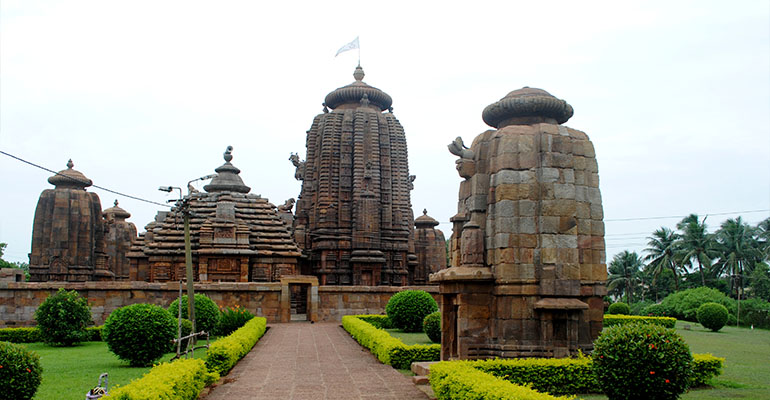About IIT Bhubaneswar
Indian Institute of Technology Bhubaneswar is one of the eight new IITs and was set up by the Government of India in 2008. The Institute started functioning from the campus of its mentor institute IIT Kharagpur and shifted operation to Bhubaneswar on 22 July 2009. Currently, the Institute has 534 students in the Bachelor of Technology program in Civil Engineering, Computer Science & Engineering, Electrical Engineering, Mechanical Engineering and Metallurgical & Materials Engineering. Currently, the Institute is offering B. Tech. program in Civil Engineering, Computer Science & Engineering, Electrical Engineering and Mechanical Engineering with an intake of 40 students in each discipline and 20 students in Metallurgical & Materials Engineering.
The Institute promotes a borderless interdisciplinary academic environment to encourage the academic staff and students to work together through the concept of Schools rather than Departments. Currently, the Institute has School of Basic Sciences; School of Earth, Ocean and Climate Sciences; School of Electrical Sciences; School of Humanities, Social Sciences and Management; School of Infrastructure; School of Mechanical Sciences and School of Mineral, Metallurgical and Materials Engineering.
Conference Venue
From July 2016 onwards, the School of Electrical Sciences has started functioning from the permanent campus of IIT Bhubaneswar at Argul in Jatni town. All the events of NPSC conference will be held in the Argul campus of IIT Bhubaneswar. The location of permanent campus shown in the map above.
How to Reach Us
Indian Institute of Technology Bhubaneswar Argul campus is 2.5 km south of National Institute of Science Education and Research, commonly called as NISER. NISER is located at Khurdha Jatni road. The permanent campus of IIT Bhubaneswar at Argul is about 32 km from the Bhubaneswar City, 30 km from Bhubaneswar Biju Pattanaik International Airport, 32 km from Bhubaneswar railway station, and 8 km from Khurda Road Junction railway station. The nearest railway station is Khurda Road Junction. A helpdesk will be setup at Bhubaneswar and Khudra Road Junction railway stations from NPSC organising team to help the visitors. The helpdesk details will be shared on the website in the first of December 2016.
Download - Directions from Bhubaneswar Railway Station, Khurda Road Junction Railway Station & Airport

About Bhubaneswar
Bhubaneswar, the capital of Orissa, is also popularly known as the "Temple City of India". Being the seat of Tribhubaneswar or 'Lord Lingaraj', Bhubaneswar is an important Hindu pilgrimage centre. Hundreds of temples dot the landscape of the Old Town, which once boasted of more than 2000 temples. Bhubaneswar is the place where temple building activities of Orissan style flowered from its very inception to its fullest culmination extending over a period of over one thousand years.
The new Bhubaneswar with its modern buildings and extensive infrastructure perfectly complements its historic surroundings. With facilities to cater to every type of visitor, Bhubaneswar makes an ideal tourist destination.
Handicrafts of the Region: Silver filigree, Stone and Wood carving, Patta paintings, Tie and Dye textiles, bamboo basketry, brass and bell metal work, horn work, and many other famous handicrafts of Orissa can be selected as souvenirs from the local markets. Purchases can be made from Utkalika (run by the Department of Handicrafts) or at the many privately run shops.
Some of the other important tourist spots of Bhubaneswar are:
Khandagiri and Udaygiri:
The twin hills of Kumargiri and Kumarigiri known as Khandagiri and Udaygiri contain varieties of rock-cut caves, built mainly for the jain monks around 1st - 2nd century B.C.#The thirteen years lithic record of King Kharavela engraved in Hatigumpha (elephant cave) is a magnificent specimen of Pali records so far found in India.
Cactus Garden:
Cactus garden situated close to the 'Ekamara Kanan' in Bhubaneswar, the Cactus Garden, with its huge collection of Cactii should not be missed